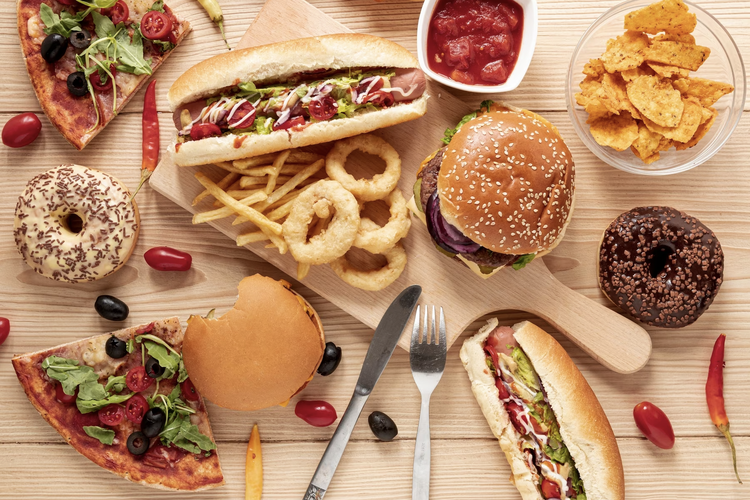Kompas.com – Ulta-process food or Ultra-Processited Food (UPF) has a bad impact on health. Recent studies have connected this food consumption with an increased risk of cardiovascular disease and death.
Research shows that consumption of more than four servings of UPF per day can increase the risk of heart disease by 10 percent and increase the risk of death by 62 percent.
What is ultra-process food?
Researchers have developed the Nova system to categorize food based on the process of processing.
Foods are classified at several levels, ranging from raw ingredients such as fruits and vegetables, processed foods such as oil and sugar, to foods that experience processing to extend the shelf life, such as canned vegetables and smoked meat.
Also read: Reasons for Ultra Process Foods should be avoided, making mental disorders
Ultra-process foods are in a separate category and are often difficult to distinguish from ordinary processed foods. UPF generally has a low nutritional value because it has experienced various industrial processes.
Affordable price factors, ease of consumption, and appetizing flavors make UPF the main choice of many people.
Research shows that UPF contributes around 25-60 percent of daily energy intake in many countries, including Britain.
Some examples of UPF commonly consumed are biscuits and packaging cakes, ready -made frozen foods, processed meat such as sausages and ham, as well as sweet cereals that are often claimed as healthy breakfast, but actually contain high sugar levels.
How to recognize ultra-process food
Determine whether a food including UPF can be a challenge, but there are several signs that can be considered:
1. The content of high -risk ingredients
UPF often contains cheap ingredients that increase taste, such as trans fat, sugar, and salt. Excessive consumption of these ingredients can endanger health.
Pay attention to terms such as “hydrogenated fat” or “partial hydrogenated vegetable oil” on the packaging label.
Also read: List of Ultra Processsed Food, and Its Impact on Health
2. Excessive nutritional content
Check the nutritional information table, especially columns per 100G:
- Sugar high food: more than 22.5g total sugar
- Foods high sodium (salt): more than 1.5g
- Foods High Fat Saturated: More than 5g
Although foods with high content in this category are not always classified as UPF, it is still advised to avoid it because it is at risk for health.
3. Unknown additives
Check the list of ingredients on the packaging. If it contains chemicals or additives such as high fructose corn syrup, hydrolyzed protein, artificial flavoring, dyes, artificial sweeteners, thickening, or anti-fascies, then most likely it is UPF.
4. The old shelf life
UPF often has a longer shelf life than fresh food. For example, bread that can last up to a month is more certain to have experienced a significant industrial process.
 Illustration of Ultra Process Food. Ultra -process foods like this usually contain sugar, salt, and excessive fat.
Illustration of Ultra Process Food. Ultra -process foods like this usually contain sugar, salt, and excessive fat.






